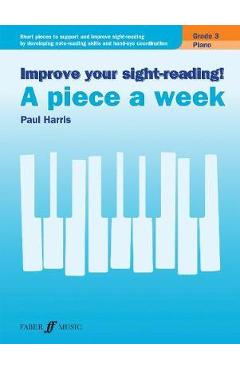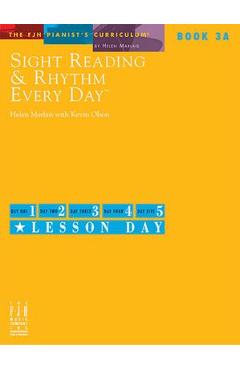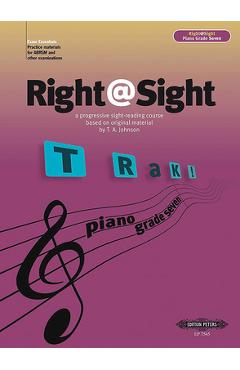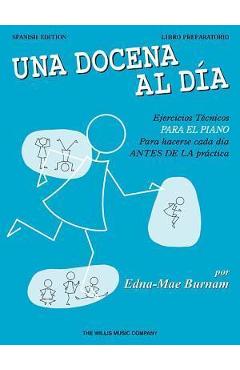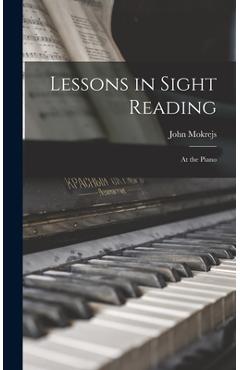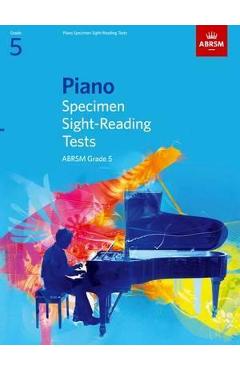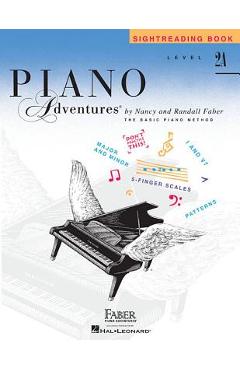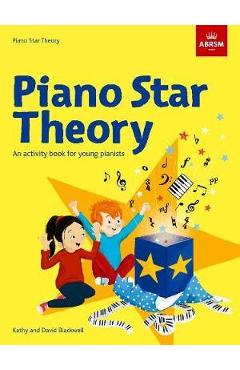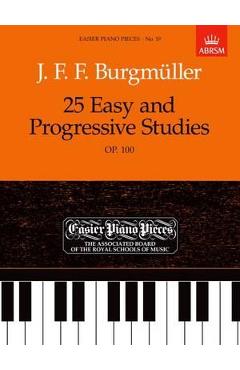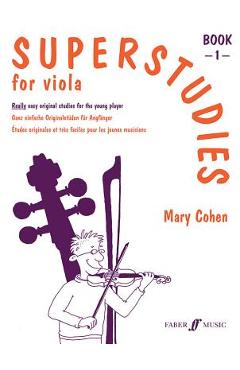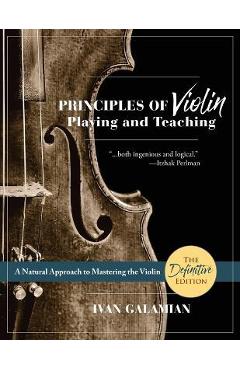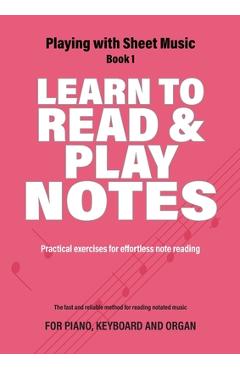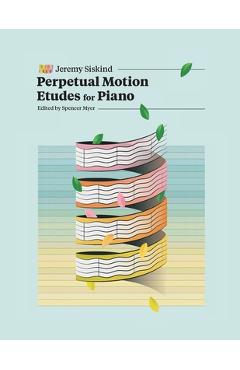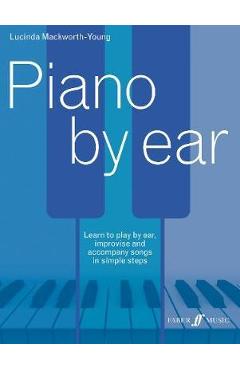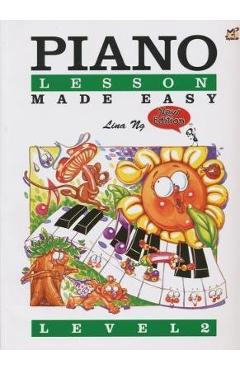300 Progressive Sight Reading Exercises for Piano Volume Two
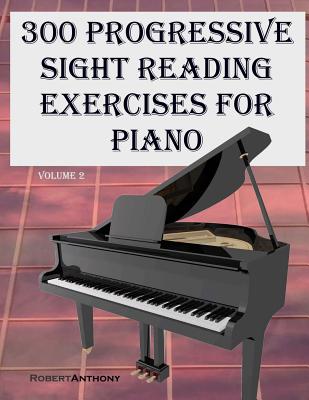
300 Progressive Sight Reading Exercises for Piano Volume Two
Volume Two picks up where Volume One left off. It is comprised of 300 progressive eight-bar exercises that train reading skills for both hands equally: Half of the pieces emphasize the right hand, the other half emphasize the left. For most of the exercises, the de-emphasized hand stays within a single five-finger position. Time signatures include 4/4 (Common Time), 3/4, 2/4, 6/8, and 2/2 (Cut Time). This second volume expands to include the keys of C Major, A Minor, G Major, E Minor, F Major, D Minor, and some of the relative modes of each. The remaining keys and additional time signatures, including Complex Meter, will be covered in future volumes. Finger numbers have been intentionally excluded from the 300 exercises in order to train the piano player to be able to find their own fingering solutions. All of the exercises are eight measures long. If one has done any study of formal analysis, they will find that eight measures is a typical 'period' of music and usually contains two, four-bar phrases (also typical in length). For example, many sonatinas, jazz standards, and pop songs use "32 Bar Form" (A A B A), "Binary Form" (A B), and "Ternary Form" (A B A), with each section often being eight bars. Thus, eight measures (one period of music) makes the perfect length for sight-reading studies in my opinion. Various strategies to using this book may be implemented. With my students, I start toward the beginning and zig-zag through the book, skipping the appropriate number of pages to make it into the more challenging sections. The further they are in the book, the more we skip. This approach prevents the student from memorizing the exercises, allowing for them to remain useful. Note: Although Amazon has classified this book as large print, there is also a LARGE PRINT version (much larger print) that for printing purposes had to be divided into two books, and is clearly marked on the cover and in the title. If you have poor vision or want this book to be easier to SEE on an electronic device, you might prefer the LARGE PRINT Version. "These books differ from conventional 'methods' in that technical and theoretical instructions have been omitted, in the belief that these are more appropriately left for the teacher to explain to the student." - Bela Bartok, Mikrokosmos. I whole-heartedly agree with Bartok's sentiment and if music teachers would ask their students what they like least (or hate the most) about typical lessons, it is the method books that wi
PRP: 174.30 Lei
Acesta este Pretul Recomandat de Producator. Pretul de vanzare al produsului este afisat mai jos.
148.16Lei
148.16Lei
174.30 LeiLivrare in 2-4 saptamani
Descrierea produsului
Volume Two picks up where Volume One left off. It is comprised of 300 progressive eight-bar exercises that train reading skills for both hands equally: Half of the pieces emphasize the right hand, the other half emphasize the left. For most of the exercises, the de-emphasized hand stays within a single five-finger position. Time signatures include 4/4 (Common Time), 3/4, 2/4, 6/8, and 2/2 (Cut Time). This second volume expands to include the keys of C Major, A Minor, G Major, E Minor, F Major, D Minor, and some of the relative modes of each. The remaining keys and additional time signatures, including Complex Meter, will be covered in future volumes. Finger numbers have been intentionally excluded from the 300 exercises in order to train the piano player to be able to find their own fingering solutions. All of the exercises are eight measures long. If one has done any study of formal analysis, they will find that eight measures is a typical 'period' of music and usually contains two, four-bar phrases (also typical in length). For example, many sonatinas, jazz standards, and pop songs use "32 Bar Form" (A A B A), "Binary Form" (A B), and "Ternary Form" (A B A), with each section often being eight bars. Thus, eight measures (one period of music) makes the perfect length for sight-reading studies in my opinion. Various strategies to using this book may be implemented. With my students, I start toward the beginning and zig-zag through the book, skipping the appropriate number of pages to make it into the more challenging sections. The further they are in the book, the more we skip. This approach prevents the student from memorizing the exercises, allowing for them to remain useful. Note: Although Amazon has classified this book as large print, there is also a LARGE PRINT version (much larger print) that for printing purposes had to be divided into two books, and is clearly marked on the cover and in the title. If you have poor vision or want this book to be easier to SEE on an electronic device, you might prefer the LARGE PRINT Version. "These books differ from conventional 'methods' in that technical and theoretical instructions have been omitted, in the belief that these are more appropriately left for the teacher to explain to the student." - Bela Bartok, Mikrokosmos. I whole-heartedly agree with Bartok's sentiment and if music teachers would ask their students what they like least (or hate the most) about typical lessons, it is the method books that wi
Detaliile produsului











